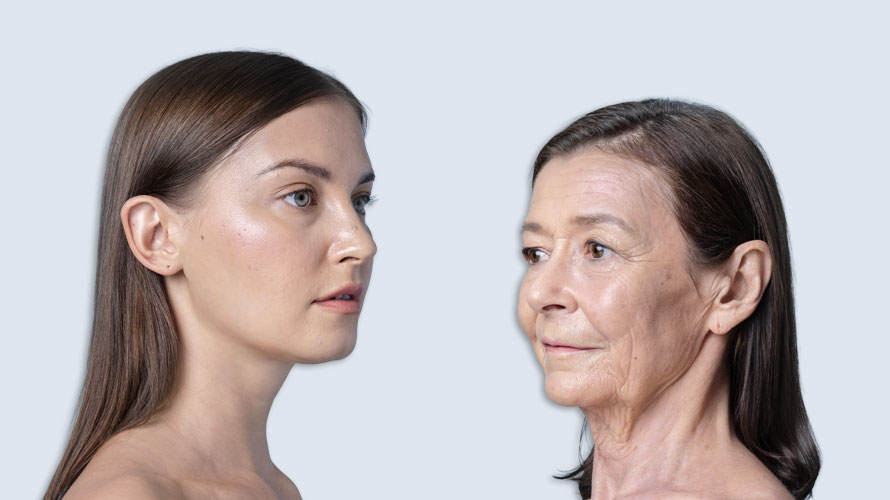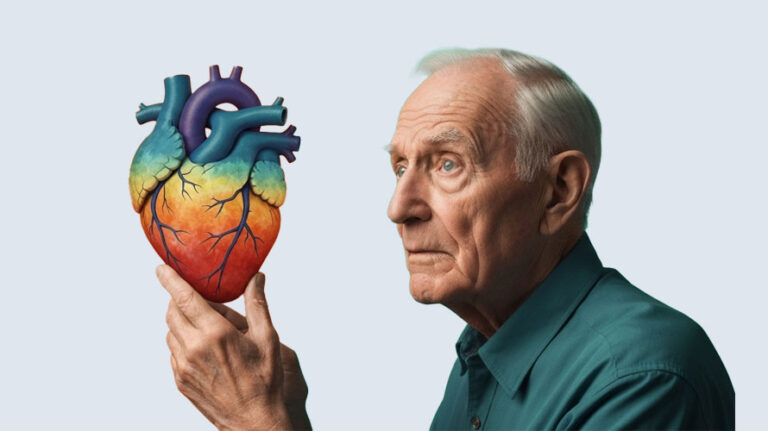Dr. Ahmet Özyiğit was born in 1981 in the Famagusta district of Cyprus. Ozgen and Dr. He is the youngest of Savaş Özyiğit's three children.
After completing his high school education at Türk Maarif College in 1998, he completed his undergraduate and graduate studies in economics in the American state of Kansas. Özyiğit, who later completed his doctorate education in the same field of science, published many articles in this field.
Özyiğit, who later became interested in medical science, studied medicine at the University of Nicosia Faculty of Medicine. In addition to this education, he received his master's degree in Clinical Embryology from the University of Leeds and postgraduate education in Endocrinology from the University of South Wales.
With an eclectic academic background, Dr. Özyiğit continues his clinical studies, especially on weight loss, metabolism and healthy aging. An active member of the American Academy of Anti-Aging Medicine, Dr. Özyiğit applies anti-aging, weight loss and brain function improving treatments to his patients.

Wellness and Anti-aging Applications

Wellness and Anti-aging Applications
What is Aging? What is the Process of Aging?

What is Aging? What Process Does Aging Follow? Dr. Ahmet Özyiğit Explains with His Scientific Approach
Dr. Ahmet Özyiğit, Elit Hospital Anti-Aging and Metabolic Medicine Fellow, was a guest on the “Elit Yaşam” program hosted by Çiğdem Aydın on Gündem Kıbrıs Web TV. In the program, important scientifically based information was shared on healthy aging, the concept of biological age, mitochondrial health and anti-aging strategies.
“Aging Accelerates Between the Ages of 44 and 60”
Dr. Özyiğit stated that in light of scientific studies, aging does not occur gradually but rather accelerates at certain periods. Especially the ages of 44 and 60 are periods when aging at the cellular level increases significantly. These ages are critical thresholds where biological age begins to exceed chronological age, along with hormonal changes, loss of mitochondrial function and accumulation of cellular damage.
A recent study published in the journal Nature Aging, titled “Nonlinear Dynamics of Multi-Omics Profiles During Human Aging,” reveals that human aging progresses nonlinearly at the molecular level. The study analyzed more than 135,000 biological features from 5,405 biological samples collected from 108 healthy individuals aged 25 to 75. These analyses showed that there are two distinct waves of change at the molecular level during the aging process: the first occurs at around age 44, and the second occurs around age 60. During these periods, significant restructuring of biological pathways associated with age-related diseases, particularly immune regulation, carbohydrate metabolism, cardiovascular functions, and lipid metabolism, was observed.
The study highlights that aging is not a linear process and that sudden changes occur at the molecular level at certain age ranges. These findings may contribute to a better understanding of the aging process and the development of new strategies for the prevention or treatment of age-related diseases.
Although it is possible for scientific studies to show different effects in different populations, and even though this study does not have the ability to show the effect observed in all people 100%, it is very important and meaningful in terms of showing us an important trend. So what could be the reasons for this non-linear process?
1. Epigenetic Clocks and DNA Methylation
The epigenetic clock model, developed by Steve Horvath, allows the measurement of an individual's biological age by analyzing methylation patterns on DNA. Studies with this model have observed significant changes in methylation rates in certain age ranges.
- Around the age of 40-45, is a period when cell renewal begins to slow down, metabolic flexibility decreases and DNA damage repair capacity begins to decrease in many individuals.
- Around the age of 60, these epigenetic changes become more acute, and especially the immune system, mitochondrial function and hormonal axes (e.g. GH/IGF-1 and thyroid) decline significantly.
Source: Horvath, S. (2013). DNA methylation age of human tissues and cell types. Genome Biology.
2. Turning Points in Hormone Levels
- Testosterone levels in men and estrogen and progesterone levels in women begin to decline starting in our mid-40s.
- In women, perimenopause usually begins between the ages of 44 and 52; during this period, both hormonal fluctuations and negative effects on sleep disorders, energy metabolism and bone density increase.
- Around the age of 60, the production of hormones that affect aging, such as growth hormone (GH), DHEA, and melatonin, decreases significantly in both men and women.
Source: Cappola, AR et al. (2023). Hormones and Aging: An Endocrine Society Scientific Statement. The Journal of Clinical Endocrinology & Metabolism.
3. Decline in Mitochondrial Function
Mitochondria are the energy production centers of cells, and their functions decrease during the aging process. Mitochondria have two main roles: energy production and secretion of reactive oxygen species. Energy production is very important for our function. On the other hand, reactive oxygen species, when secreted in small amounts, are an element that activates our immune system and protects us from harmful factors. However, aging mitochondria have difficulty maintaining this balance and produce less energy and release more reactive oxygen species into circulation. This leads to a decrease in energy production and deterioration of cellular functions. Mitochondrial dysfunction is considered one of the main causes of aging, and factors such as mitochondrial DNA damage, oxidative stress, and decreased energy production play a role in this process.
In short, the role of mitochondria in the aging process is associated with decreased cellular energy production and increased oxidative stress. This process causes cells to have difficulty performing their functions and causes the signs of aging to appear. Mitochondrial dysfunction is also associated with other signs of aging. For example, processes such as cellular senescence (senescence), stem cell depletion, and impaired cell-to-cell communication are associated with mitochondrial dysfunction. This amplifies the systemic effects of aging and contributes to the development of age-related diseases.
Source: López-Otín, C. et al. (2013). The hallmarks of aging. Cell.
4. Weakening of the Immune System (Immunocenescence)
- In older ages, the diversity and function of immune cells begin to decline.
- Especially after the age of 60, T cell reserves decrease significantly, low-level chronic inflammation called inflammaging increases, and this increases the risk of age-related diseases.
Source: Fulop, T. et al. (2018). Immunosenescence and inflammation-aging as two sides of the same coin: Friends or foes? Frontiers in Immunology.
5. Increased Cardiovascular and Metabolic Risk
- In our 40s, with the effect of decreasing hormones, insulin sensitivity begins to decrease and visceral fat begins to increase. This increases the risk of diabetes and metabolic syndrome.
- After the age of 60, vascular elasticity deteriorates seriously and atherosclerotic plaque formation accelerates.
Scientific data show that aging is not a linear but an accelerated process, with cellular and metabolic slowdowns starting in the 40s and systemic signs of aging becoming apparent around the age of 60. These turning points also explain why anti-aging medicine focuses on screening and preventive strategies after the age of 40.
“Biological Age, Not Chronological Age, Is Important”
Aging should be evaluated not only by calendar age but also by the cellular and physiological state of the body. Özyiğit pointed out that aging has three basic dimensions:
- Chronological age: The age written on the ID.
- Biological age: The functional status of cells, organs and systems. Measured by indicators such as mitochondrial activity, inflammation level, hormone balance.
- Cosmetic age: Visual signs of aging, external factors such as skin structure, hair loss, loss of elasticity.
The goal of anti-aging medicine is to slow down the progression of biological age or to reverse some of the balances that have been disrupted. When we understand what aging is and how it affects our cell, tissue and organ systems, we can better understand what anti-aging treatments should be and which elements of aging we should target.
So how can we reduce the effects of aging? What kind of anti-aging strategies can bring our biological age to a younger point? Let's discuss these in our next article.
I wish you healthy days,
Dr. Ahmet Özyiğit



